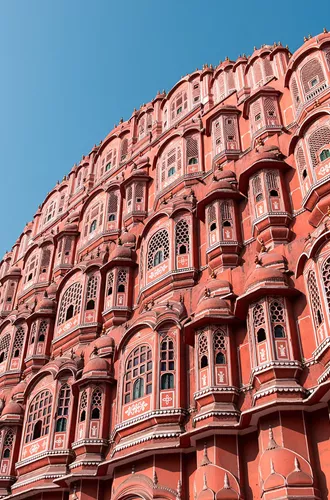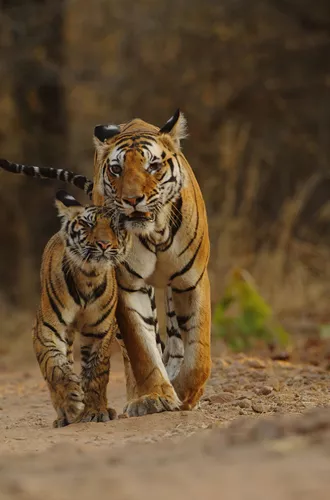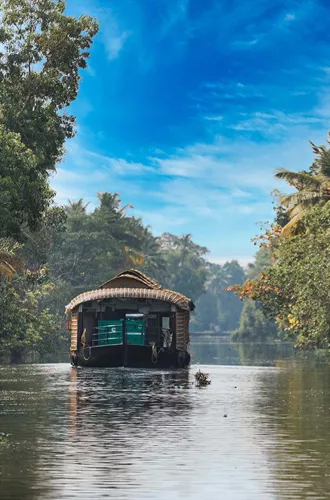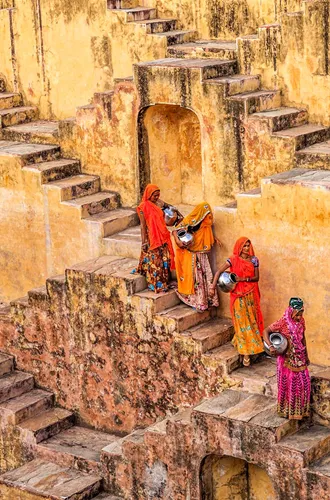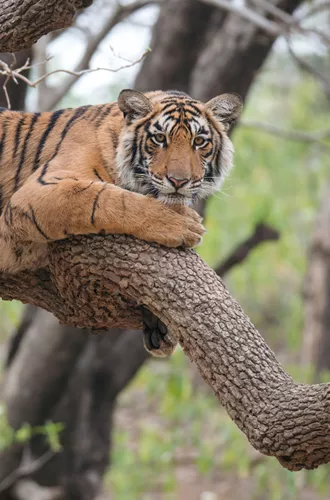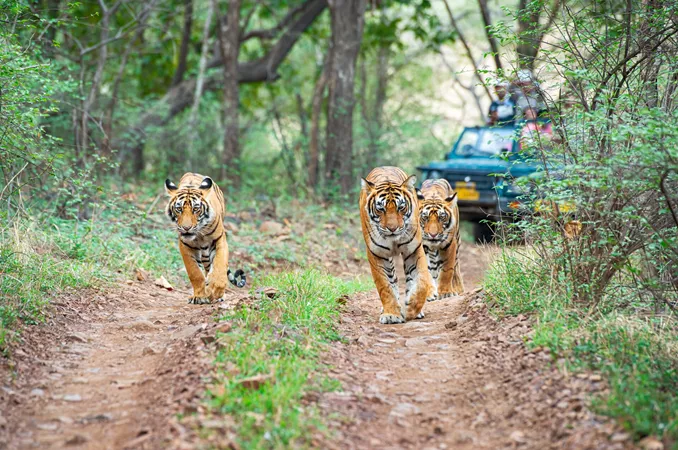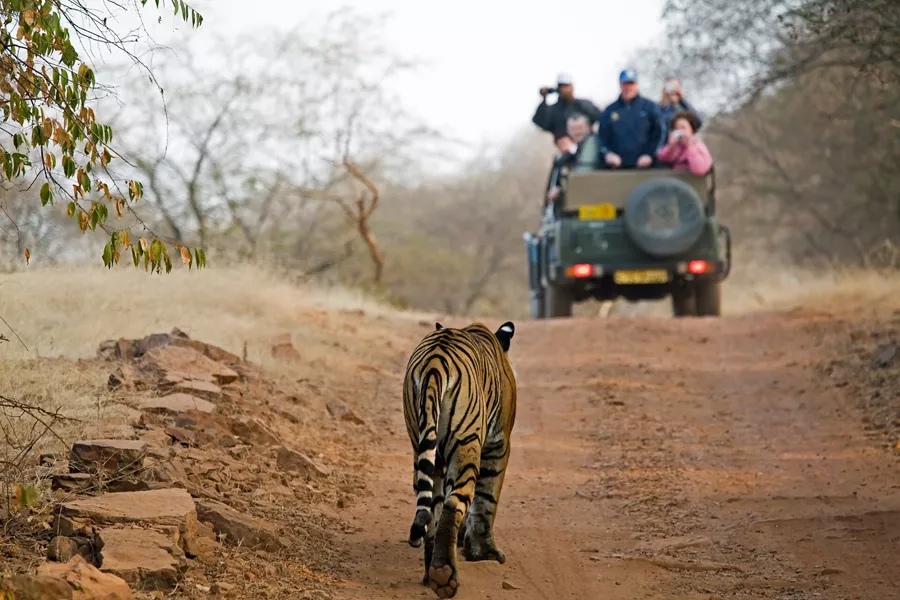Country Code for India: +91
Official Travel advice visit:
India Travel Advice & Safety | Smartraveller (Australia)
IndiaSafe Travel NZ | India (New Zealand)
All emergencies: Call 112; Fire and rescue services: Call 101; Medical emergencies: Call 102; Police: Call 100.
Australian High Commission, New Delhi
No. 1/50 G Shantipath (Gate 1), Chanakyapuri, New Delhi 110 021
Phone: (+91 11) 4139 9900
Email: ahc.newdelhi@dfat.gov.au
Australian Consulate-General, Mumbai
Level 10, A Wing, Crescenzo Building, Opp MCA Cricket Club, G Block, Plot C 38-39, Bandra Kurla Complex, Mumbai 400 051
Phone: (+91 22) 6757 4900
Email: cg.mumbai@dfat.gov.au
Australian Consulate-General, Chennai
9th Floor, Express Chambers, Express Avenue Estate, Whites Road, Royapettah, Chennai 600 014, Tamil Nadu
Phone: (+91 44) 4592 1300
Email: chennaiaustralianconsulate@dfat.gov.au
Australian Consulate-General, Kolkata
1A, Ho Chi Minh Sarani, Kolkata 700 071, West Bengal
Phone: (+91 11) 4910 5980
Email: acg.kolkata@dfat.gov.au
Australian Consulate-General, Bengaluru
The Ritz-Carlton, 99 Residency Road, Bengaluru, Karnataka 560025
Phone: (+91 11) 4910 5960
Email: ACG.Bengaluru@dfat.gov.au
New Zealand High Commission New Delhi, India
Sir Edmund Hillary Marg, Chanakyapuri, New Delhi 110 021, India
Telephone: +91 11 4688 3170
Email: nzhcindia@mfat.net
New Zealand Consulate-General Mumbai, India
Level 6, 3 North Avenue, Maker Maxity, Bandra Kurla Complex, Mumbai 400 051, India
Telephone: +91 22 6131 6666
Email: nzcg.mumbai@nzte.govt.nz


